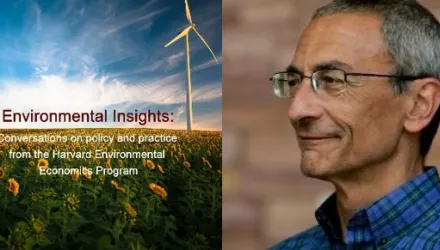Abstract
The assessment of tropospheric air pollution has emerged out of a long history of scientific and public concern about air pollution and action to remediate it in both the United States and Europe. While the pollutants of greatest interest have changed over time, much of the current focus is on emissions which lead to tropospheric ozone (i.e. smog) or cause acidification of soil and groundwaters. This paper focuses on the co-evolution of science and policy of ozone over the last 30 years, looking especially at the emergence of the transboundary characteristics of the problem (i.e. the regionality of ozone). The paper highlights differences in the way the regionality of ozone has been understood by experts and reflected in policies in the U.S. and in Europe. In the U.S. ozone was initially framed as an essentially a local problem, whereas in Europe the regionality of ozone has been part of the scientific and policy debate from the start.
In addition to differences in the science, we also see important differences in the politics of ozone between the U.S. and Europe, most importantly the character of and the relationships between the jurisdictions over whose border ozone is transported. In the U.S. these are boundaries between sub-national jurisdictions in a strong federal system which has recently begun to move towards decentralization in relevant areas; while in Europe they are between sovereign nations in an international system which has taken some initial steps towards centralization. Thus a comparative analysis of ozone assessment these two systems is developed, using a theoretical approach suitable for understanding joint actions by semi-autonomous agents taken from the field of International Relations.
The paper focuses on several detailed examples. For the U.S. the focus is on the Ozone Transport Assessment Group (OTAG), a brief but intensive assessment process that operated from 1995 to 1997. OTAG was the product of a crisis in air management in late 1994 and broke new ground in U.S. environmental policy in several ways, most notably by moving the initiative for regional assessment to the states and by it's unprecedented use of Internet technologies in an assessment process. For Europe, the focus is on the Convention on the Long-Range Transport of Air Pollution and its Protocols (LRTAP) plus the relevant activities of the European Union (EU).
A companion paper deals with the technical component of these issues in more detail. Appendix A is a chronology of the co-evolution of science and policy on tropospheric pollution over the last 150 years.
Farrell, Alexander. “Multi-Jurisdictional Air Pollution Assessment: A Comparison of the Eastern United States and Western Europe.” Harvard Kennedy School, September 1, 1998



